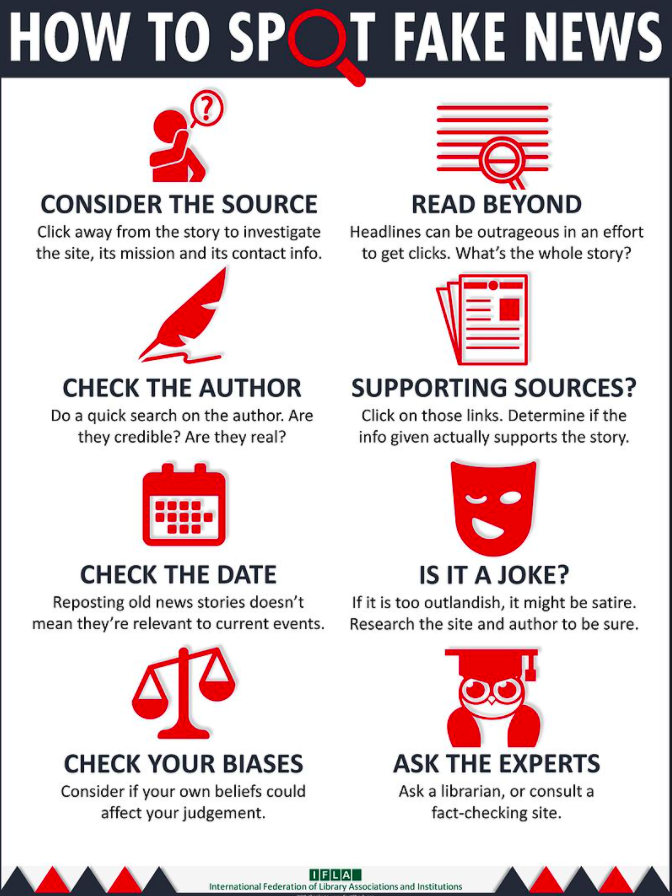What a lot of people might not know is that, in addition to protecting the President, the US Secret Service is also the organization that deals with protecting the integrity of US currency. Interestingly (and quite wisely) when they teach their agents how to identify forgeries, they do it not by studying the forgeries, but by studying the authentic bills so diligently and in detail that they can spot a forged note quite easily.
I think we can take that lesson and apply it to a lot of things in life, especially when it comes to understanding truth over lies. I also think it’s a lesson that belongs in every school from the moment a child can read. It’s more important that we learn first how to gather and evaluate information before we proceed to act upon it. As hard as it sounds, we should be developing a basic feel for what truth looks like by challenging both our information and our own biases. Most of all, we have to develop a critical mindset – being at least a little skeptical about all but the most obvious statements – so that we can get through life without falling for lies every time they pop up on our screens.
Although I’ve developed this kind of thinking over time (believe me, not without plenty of practice (there were days when I fell for some pretty stupid stuff)), I wanted to see what’s out there now to help out, and so I found this nice little graphic on the Wikimedia Commons. I think it’s something to which anyone should refer and educate themselves until they’ve got it down solid:

I’d also ask, especially in light of recent events, that people just sit down and think through what they’re reading and hearing. “Is it even possible?” And if it’s possible, “is it even probable?”
Let’s use the allegations of the past couple of months that there was widespread voter fraud and the election was “stolen.” Well, is that possible? I’d say, given the amount of underhanded deeds that are a matter of political course in this country (from both sides), there could be some shenanigans going on here. BUT (!), just do the math and figure the logistics on being able to pull it off on such a large scale. It may be possible, but it is highly improbable (there is a pile of credible evidence against it, and if you need help in figuring it out, I’ll be glad to assist).
You should always be evaluating. The voter fraud deal is low-hanging fruit. There are plenty of other more sinister and nuanced attempts at misleading people out there. It’s your responsibility as a citizen to stay on your toes. One of the most important pieces (if not the most important) of the democratic system is the voter. The most powerful thing in a democracy is the voter who is informed, educated, and wise (and so not easily fooled). But we need enough of them to outweigh those who will always insist on taking the easy route, believing only those things that they want to hear.
Do the hard work. Think.

Given the ‘evidence’ provided by both sides, fake news or not, I see how someone could have doubts. The damage is done–doubts. People losing faith in the integrity of the system. These are dark times rife with irresponsible politicians and influencers.
Test